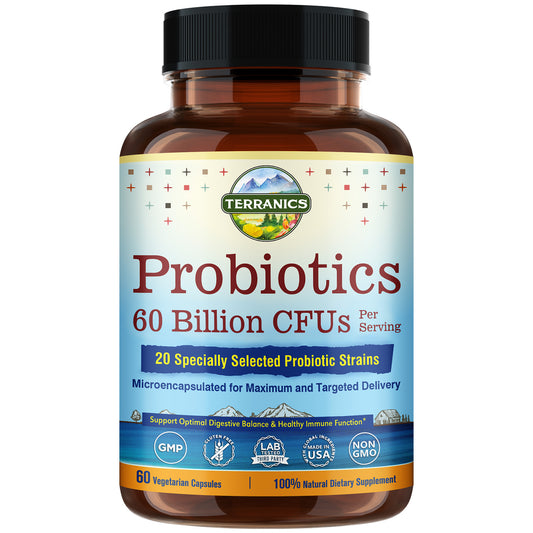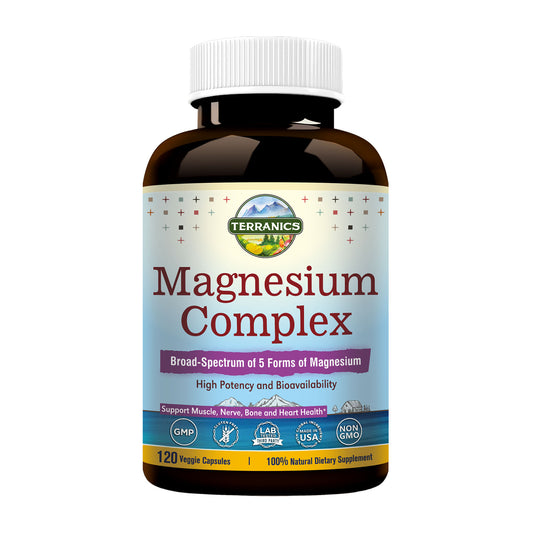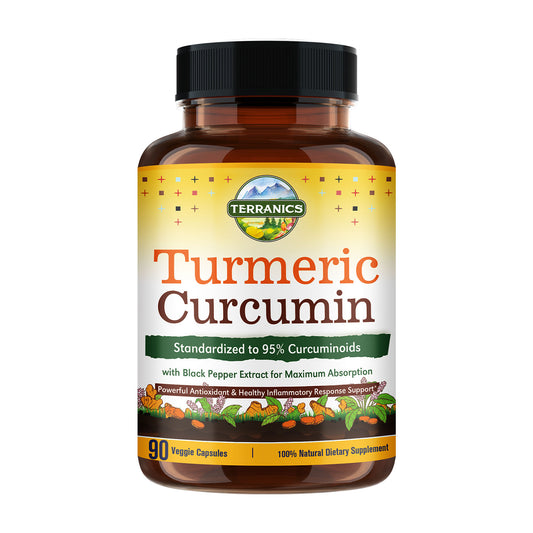
In the realm of natural remedies, few herbs have garnered as much attention and praise as Arnica. Known for its remarkable healing properties, Arnica has been used for centuries in traditional medicine to address various ailments. From bruises and sprains to muscle soreness and inflammation, this versatile herb has become a staple in the holistic healing community. In this blog, we will delve into the fascinating world of Arnica, exploring its origins, traditional uses, scientific evidence, practical applications, precautions, considerations, and integrative approaches, providing a comprehensive understanding of this potent herb and its potential in promoting overall well-being.
A Brief History:
Arnica, scientifically known as Arnica montana, is a perennial herb native to the mountains of Europe and Siberia. It has a long history of use in traditional European medicine, where it was primarily employed for its anti-inflammatory and pain-relieving properties. The plant's bright yellow flowers are the primary source of the herb's medicinal extracts. Over the centuries, Arnica has been utilized to address a wide range of conditions, including trauma, bruises, sprains, arthritis, and skin ailments.
Traditional Uses:
For centuries, Arnica has been used topically to aid in the treatment of bruises, sprains, muscle aches, and joint pain. It is believed to work by increasing blood circulation, reducing inflammation, and promoting the healing process. Additionally, Arnica has been used to alleviate the discomfort associated with insect bites and skin conditions like eczema. Its traditional use also extends to relieving the symptoms of osteoarthritis and rheumatoid arthritis. In some cultures, Arnica has been used internally in highly diluted forms for digestive complaints.
Scientific Evidence:
While traditional use provides valuable insights, scientific research has further shed light on the efficacy of Arnica. Several studies have confirmed its anti-inflammatory and analgesic properties. The active compounds in Arnica, such as sesquiterpene lactones and flavonoids, have been found to inhibit inflammatory processes and reduce pain perception. Additionally, Arnica extracts have demonstrated wound-healing effects by stimulating tissue regeneration and collagen synthesis. Studies have also explored the potential of Arnica in reducing postoperative swelling and pain, as well as its benefits in treating diabetic neuropathy. However, it is important to note that more research is needed to fully understand the mechanisms of action and effectiveness of Arnica in various conditions.
Practical Applications:
Arnica can be used in various forms, including creams, ointments, gels, and oils. These preparations are typically applied topically to the affected area. Arnica-based products are commonly used for the management of bruises, muscle soreness, joint pain, and minor injuries. They are particularly popular among athletes and individuals seeking natural alternatives for pain relief and quick recovery. In recent years, Arnica has also gained recognition in the field of cosmetic dermatology, with its anti-inflammatory properties being believed to help reduce puffiness, dark circles, and fine lines around the eyes.
In addition to topical applications, Arnica can be utilized in other forms as well. Homeopathic preparations of Arnica, which involve highly diluted solutions, are commonly used for internal consumption to address various conditions, although the scientific evidence supporting their efficacy is limited.
Precautions and Considerations:
While Arnica is generally safe for external use, it is essential to exercise caution and follow certain guidelines. Arnica should not be ingested orally, as it can be toxic when consumed in large amounts. Additionally, individuals with sensitive skin should perform a patch test before applying Arnica topically to check for any adverse reactions. Pregnant women, nursing mothers, and individuals with known allergies to the Asteraceae plant family (which includes marigolds, daisies, and ragweed) should consult a healthcare professional before using Arnica.
Integrating Arnica into Your Wellness Routine:
Incorporating Arnica into your wellness routine can be a valuable addition to your holistic self-care practices. Here are some practical tips for using Arnica effectively:
Choose reputable Arnica products:
Look for products that contain high-quality Arnica extracts and adhere to proper manufacturing standards.
Follow instructions for use:
Read and follow the instructions provided with Arnica products carefully. Pay attention to the recommended frequency and method of application.
Consult a healthcare professional:
If you have any underlying health conditions, are taking medications, or have concerns about using Arnica, it is always advisable to consult a healthcare professional before starting any new treatments.
Combine with other natural remedies:
Arnica can complement other natural remedies such as hot and cold therapy, gentle stretching, and rest to enhance the healing process.
Maintain a balanced lifestyle:
Remember that Arnica is not a magic cure-all. Maintaining a healthy lifestyle, including a balanced diet, regular exercise, stress management, and adequate sleep, plays a vital role in supporting your overall well-being.
Conclusion
In conclusion, Arnica stands as a remarkable herb with a rich history and therapeutic properties that make it a go-to natural remedy for many individuals seeking relief from pain, inflammation, and bruising. Whether you're an athlete recovering from a sports injury or someone looking for a gentle and natural solution for minor aches and pains, Arnica offers a promising avenue for holistic healing. However, it's crucial to remember that while Arnica has shown remarkable benefits, it is not a substitute for professional medical advice. As with any health concern, it is always wise to consult a healthcare provider before incorporating new treatments into your wellness routine. Embrace the natural power of Arnica and discover its potential to support your overall well-being. By understanding its origins, traditional uses, scientific evidence, practical applications, precautions, and considerations, you can make informed decisions and integrate Arnica effectively into your holistic approach to health and wellness.




